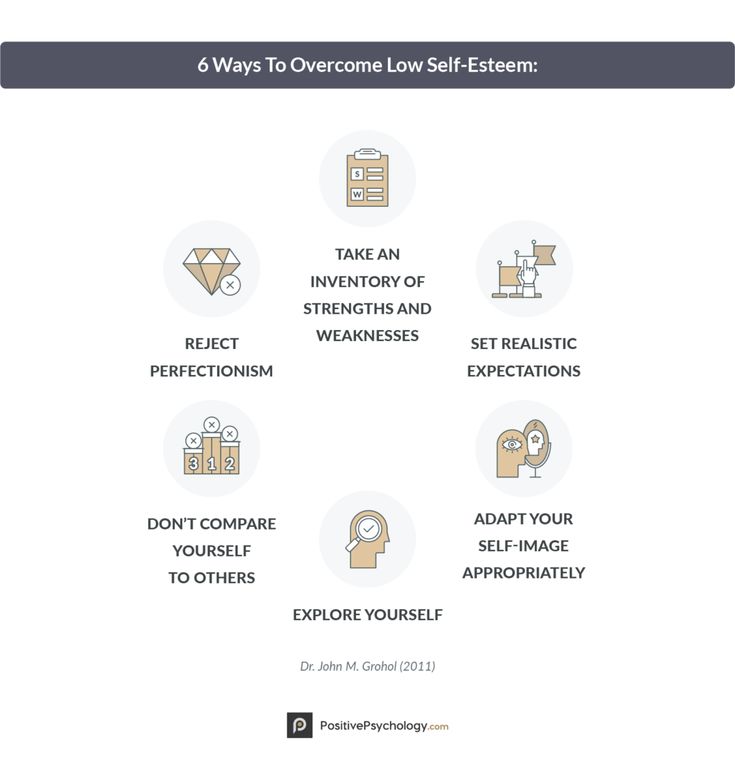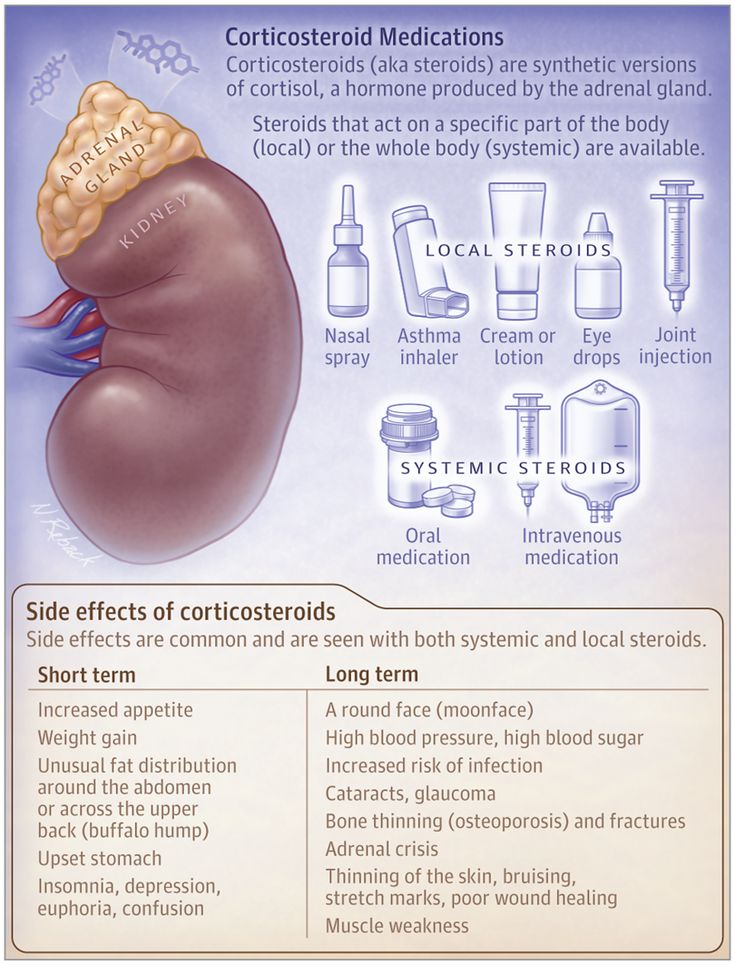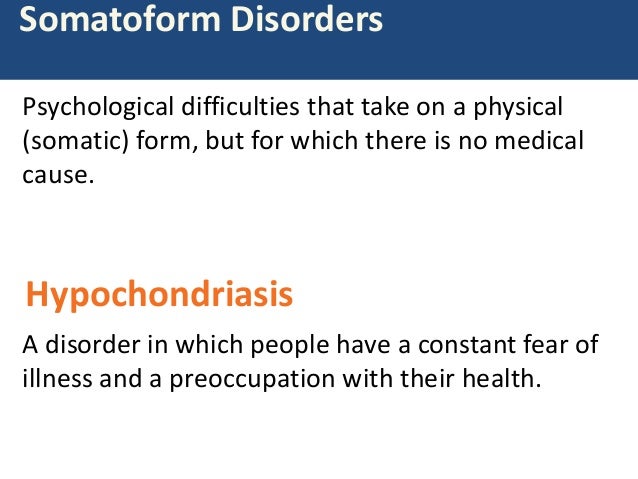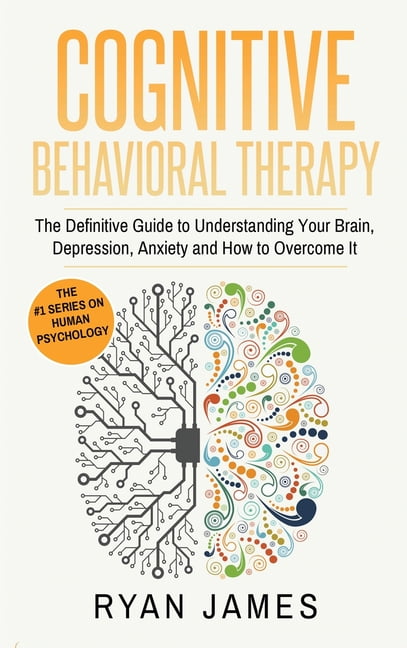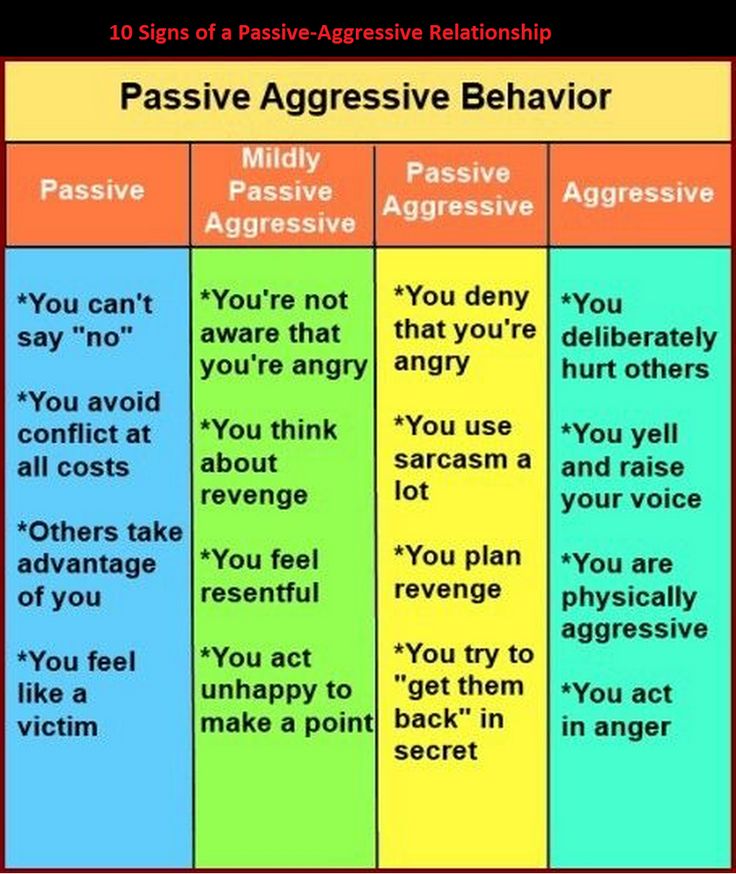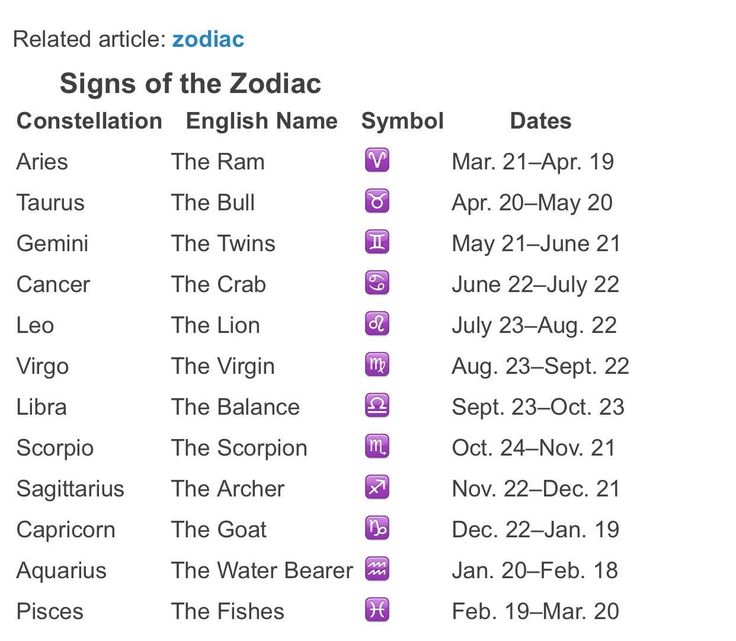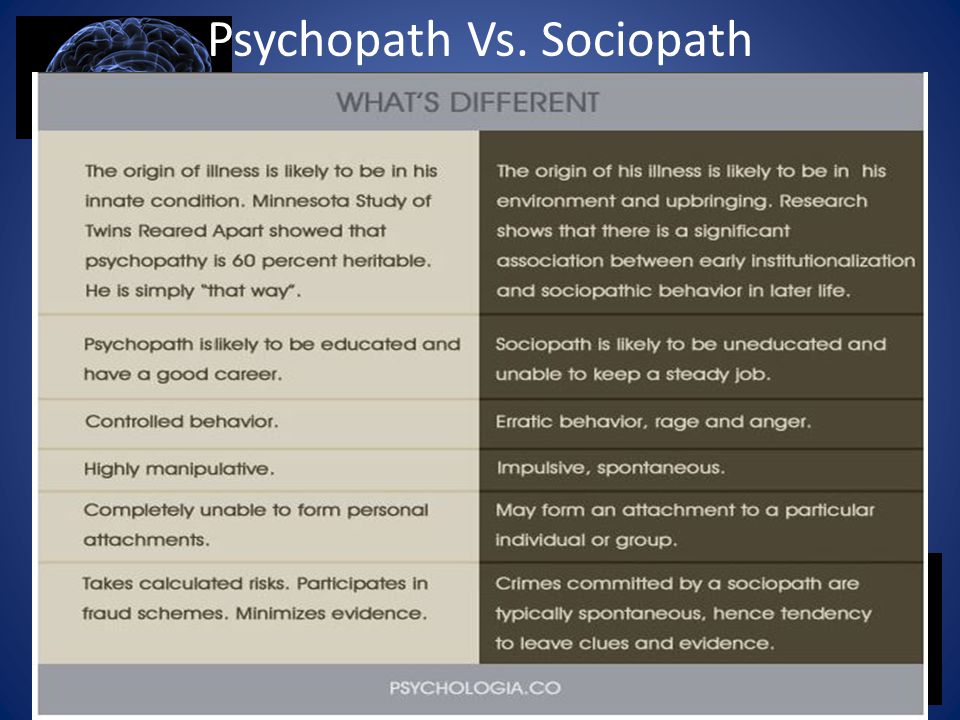Biofeedback treatment for anxiety
Biofeedback for Anxiety: How It Works
Looking for alternative ways to manage anxiety? Biofeedback may help.
Anxiety is a natural part of the human experience that can keep you “on your toes” during important or stressful situations. For instance, feeling anxious about an upcoming event might help you prepare for or avoid challenges that may arise, resulting in a better outcome.
However, sometimes anxiety can cause challenges in daily functioning, especially if you have an anxiety disorder. Overwhelming fears and worries can impact:
- mental health
- physical well-being
- personal relationships
When anxiety creates challenges in daily life, finding strategies to feel more calm and less overwhelmed might be a priority for you. For some people, biofeedback can be a helpful option.
Biofeedback is a type of therapy that uses monitors and sensors to identify and control your body’s reactions to certain stimuli. It is designed to teach you how to manage your responses to things like stress and pain.
Biofeedback is generally considered safe for most people, with few reported negative side effects.
During a biofeedback session, a trained biofeedback therapist places sensors on your skin that monitor certain bodily functions, such as:
- heart rate
- breathing
- sweat output
- muscle movements and tension
- body temperature
- brain activity
Your biofeedback therapist reads the monitors and interprets how your body reacts to different stimuli. Based on this information, they may suggest ways to help you manage bodily responses using techniques such as:
- deep breathing
- guided imagery
- progressive muscle relaxation
Biofeedback sessions typically last 30-60 minutes, and a number of sessions are needed for biofeedback to be effective. Biofeedback is shown to be especially effective in conjunction with other typical forms of treatment for anxiety, and the number of sessions needed will depend on a variety of factors.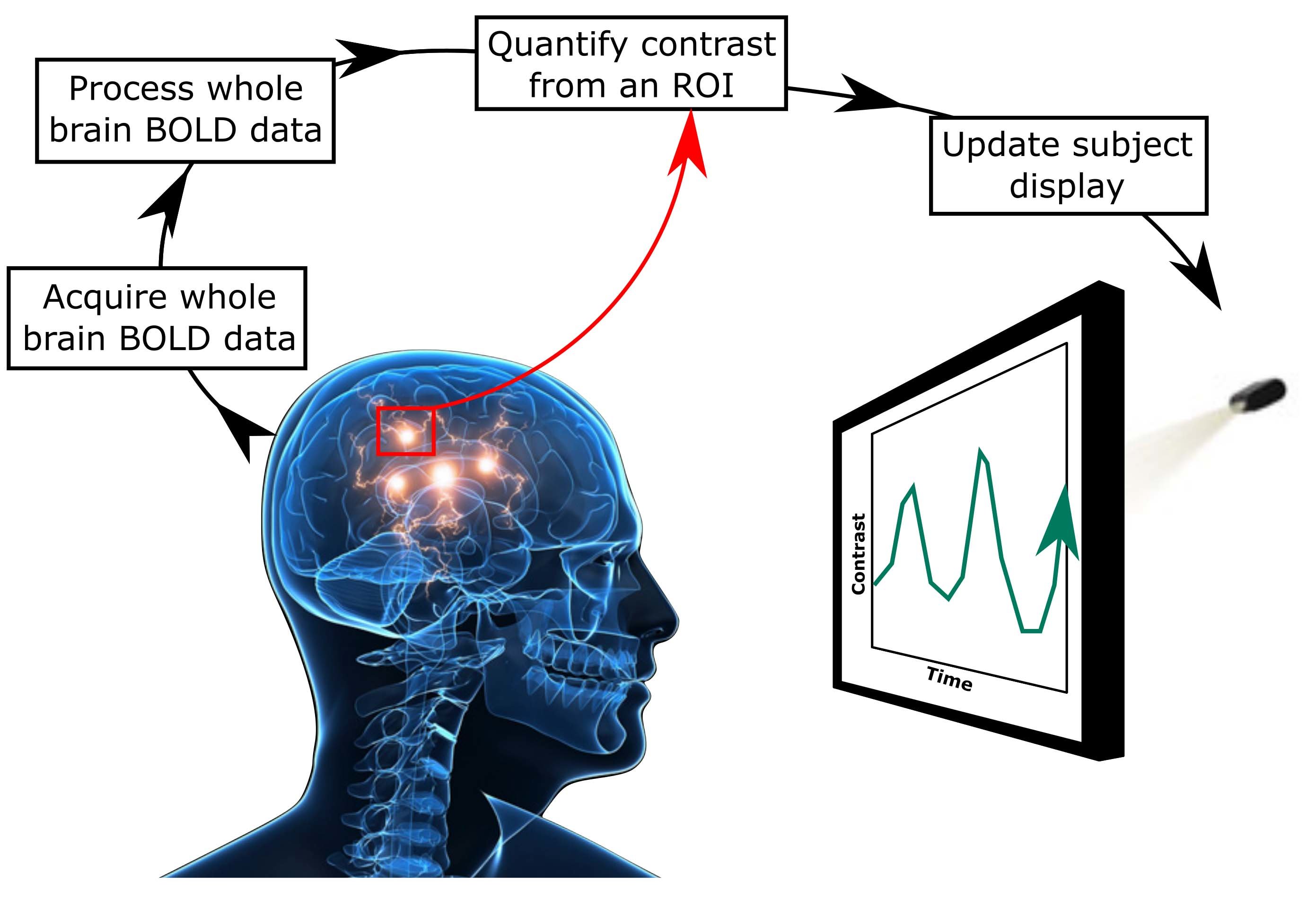
Once you have learned how your body responds to stress and ways to manage it, you will likely be given exercises to practice at home.
Types of biofeedback
Your biofeedback therapist may use one or more of several biofeedback methods available, depending on your wellness goals.
Different types of biofeedback include:
- Electromyography (EMG): monitors muscle response
- Respiratory biofeedback: records breathing and respiration rates
- Heart Rate (HR) biofeedback: registers heart rate, typically through a finger sensor
- Thermal biofeedback: uses sensors typically applied to your feet or fingers to detect body temperature changes
- Neurofeedback (EEG): monitors brain activity through sensors placed on your scalp
Biofeedback may be used as an alternative therapy for both physical and mental health issues for people who might not be comfortable using medications or invasive treatment options for certain conditions.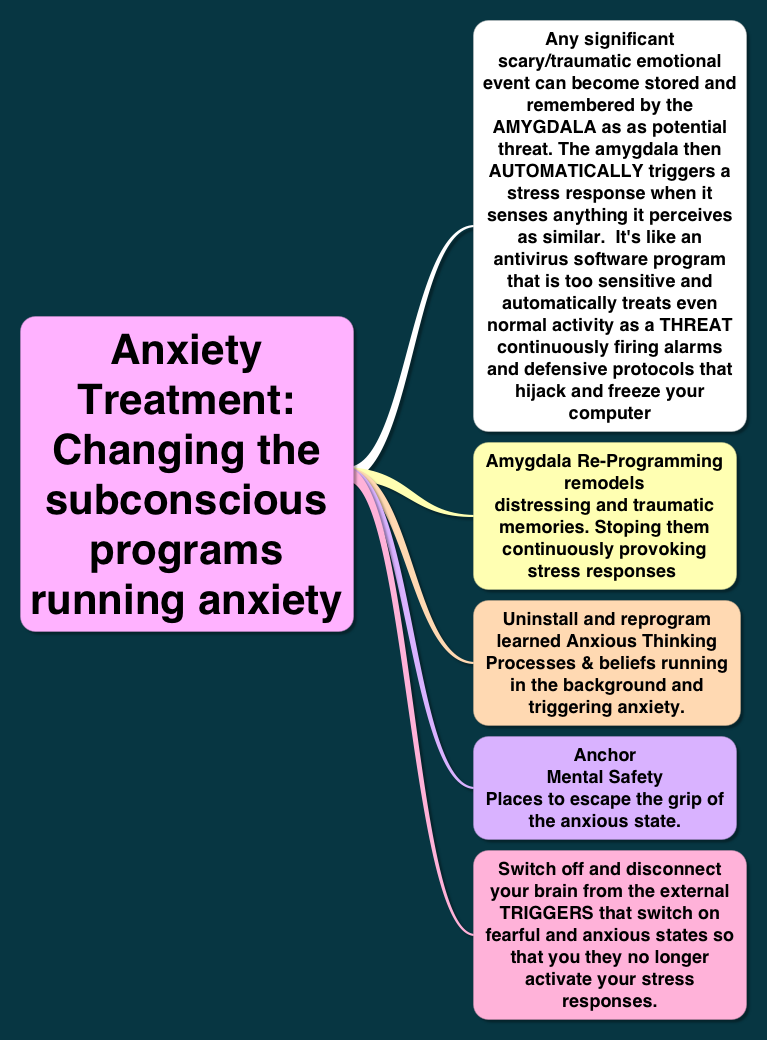 It may also be implemented alongside more mainstream treatments.
It may also be implemented alongside more mainstream treatments.
Biofeedback can be used for many mental and physical health conditions, such as:
- attention deficit hyperactivity disorder (ADHD)
- anxiety disorders
- chronic pain
- insomnia
- substance use disorders (SUD)
- high blood pressure (hypertension)
- asthma
Although research is limited, some studies suggest that biofeedback is effective in reducing anxiety symptoms.
For example, one research review published in 2017 suggests that, compared with no treatment, neurofeedback — which is a type of biofeedback — can improve symptoms of post-traumatic stress disorder (PTSD) and generalized anxiety disorder (GAD). It also found that supplementing treatment with biofeedback might be more beneficial and result in more rapid treatment gains than treatment without biofeedback.
Another 2017 article suggests that heart rate variability (HRV) biofeedback may reduce self-reported stress and anxiety. Therefore, it may be considered an effective treatment option for people experiencing symptoms of overwhelm and anxiety.
Therefore, it may be considered an effective treatment option for people experiencing symptoms of overwhelm and anxiety.
How can biofeedback help manage anxiety?
Biofeedback may offer ways to manage symptoms related to anxiety. For instance, you may not be aware of how your breathing patterns change during anxious moments. Biofeedback can detect those changes, and by practicing breathing exercises that change the pace or depth of your breathing, you may begin to feel less anxious, or feel that your anxiety is more manageable.
In addition, sometimes anxiety may not have an identifiable cause. Anxious feelings can often stem from worrying about an unknown outcome or feeling like you’re not in control of a situation.
Biofeedback may help you identify when you are becoming anxious, which can lead to a better understanding of what is causing your anxiety.
It might also help you learn how to manage your response to stressful stimuli, which may help you feel greater control in overwhelming, anxiety-producing situations.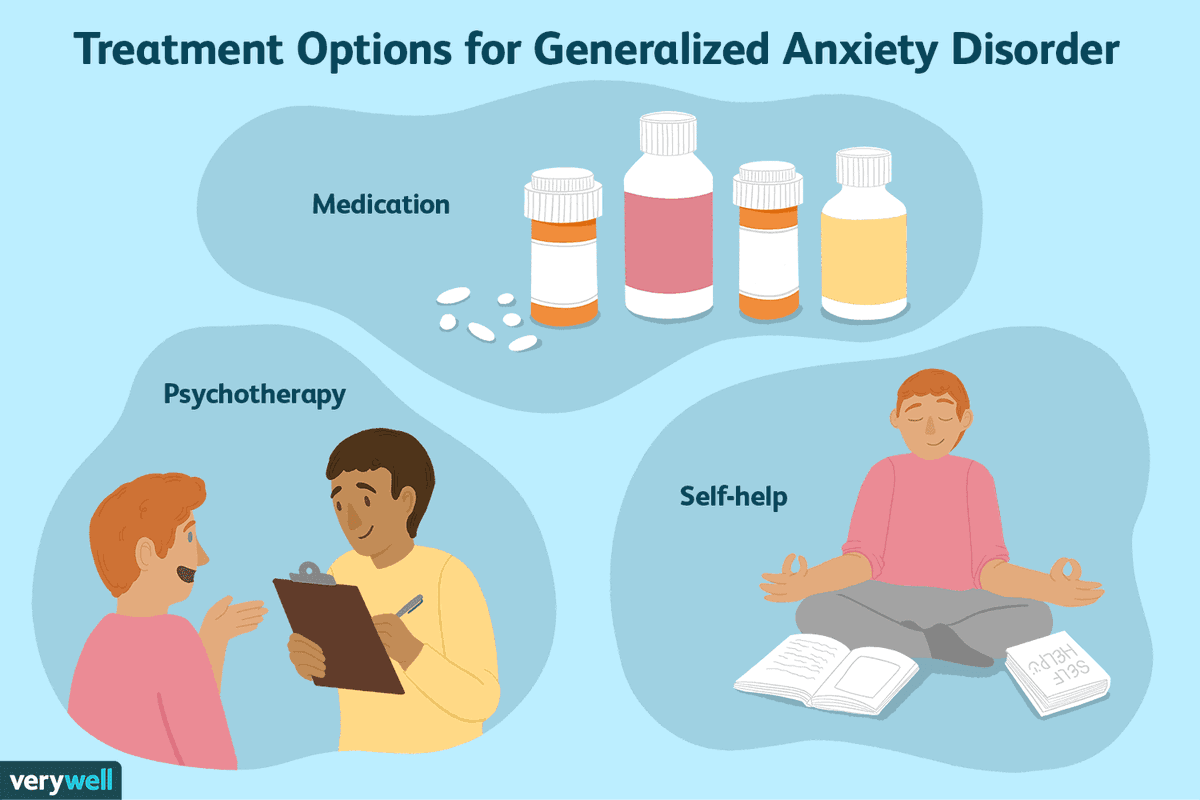
What types of biofeedback are useful for anxiety?
There are several types of biofeedback used to treat anxiety. You and a mental health professional will determine which is most appropriate to help you reach your wellness goals.
Types of biofeedback most often used for anxiety may include:
- electromyography (EMG)
- respiratory (breathing) biofeedback
- neurofeedback (EEG)
Although there are biofeedback devices designed for personal, at-home use, limited research exists on their effectiveness. Further, many devices have not had any independent research conducted. A 2018 critical review of wearable devices, apps, and other biofeedback equipment suggests buyers should carefully investigate such products before purchase.
Additionally, it’s important to understand that at-home devices are not connected to a trained professional who can accurately read and interpret the data collected.
Just like any treatment or therapy for anxiety, biofeedback has pros and cons.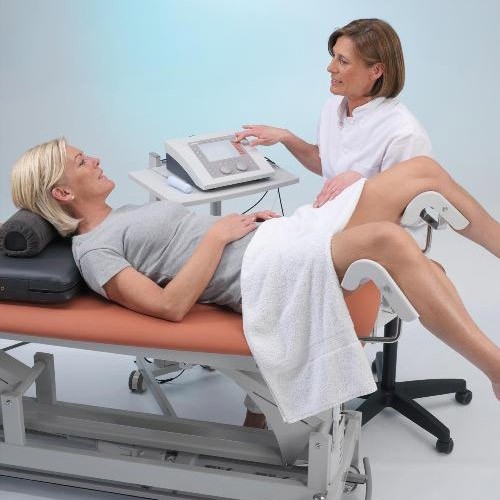 That’s why it can be a good idea to research methods and therapists who do biofeedback thoroughly before signing up for sessions.
That’s why it can be a good idea to research methods and therapists who do biofeedback thoroughly before signing up for sessions.
It may be a smart first step to speak with your doctor or therapist about biofeedback to determine if it could be right for you and your treatment plan.
Advantages of biofeedback may include:
- noninvasive
- relatively easy and brief to perform
- does not use medication, and can reduce the need for medication
- may help you feel more in control of your mental health
- can be done at home after OK’ed by a biofeedback therapist
Disadvantages of biofeedback may include:
- scientific research is limited on its effectiveness
- readings might be inaccurate for those who have health conditions such as a heart arrhythmia or certain skin conditions
- sessions can be time-consuming
- it may take several sessions to see improvements
- may not be covered by health insurance
One systematic review published in 2018 suggested that several challenges arose while using biofeedback for stress management. This review highlighted the importance of making improvements in user accessibility.
This review highlighted the importance of making improvements in user accessibility.
Biofeedback is noninvasive and may help you identify bodily response to anxious feelings as they arise, and provide you with tools to effectively manage symptoms in the moment.
Although there are several effective treatment options for anxiety, biofeedback can be a good option if you’re looking for alternatives to traditional methods. Oftentimes, biofeedback is used in addition to mainstream anxiety treatment options, like medication and therapy.
However, biofeedback is not for everyone, and scientists are still learning about the role biofeedback can play in treating anxiety.
If you are interested in exploring biofeedback for anxiety, speaking with your doctor or therapist is often the best first step. Like all therapies, you may have to try several types before you find an option that works best for you.
And if you need help finding a therapist, you can visit Psych Central’s guide on finding mental health support.
Biofeedback resources
To learn more about biofeedback for anxiety and connect with a therapist near you, visit:
- Association for Applied Psychophysiology and Biofeedback, Inc. (AAPB)
- International Society for Neuroregulation and Research (ISNR)
- Biofeedback Certification International Alliance (BCIA)
Biofeedback and Anxiety
Considered a "fringe" therapy 25 years ago, biofeedback has matured today to a modality much closer to mainstream treatment. Its value is accepted by a growing number of professionals, and it is covered by Medicare for some conditions, as well as by most health insurers.
Considered a "fringe" therapy 25 years ago, biofeedback has matured today to a modality much closer to mainstream treatment. Its value is accepted by a growing number of professionals, and it is covered by Medicare for some conditions, as well as by most health insurers.
Applied psychophysiology has yet to fulfill early enthusiastic predictions of the benefits of learning and applying self-regulatory skills. However, the field has amassed sufficient research and clinical data to justify an important secondary role in treating a number of specific disorders. Fueled by advances in technology and increasing interest in alternative therapies, biofeedback remains a dynamic force that continues to tantalize with possible-though as yet unproved-applications.
However, the field has amassed sufficient research and clinical data to justify an important secondary role in treating a number of specific disorders. Fueled by advances in technology and increasing interest in alternative therapies, biofeedback remains a dynamic force that continues to tantalize with possible-though as yet unproved-applications.
Biofeedback, also referred to as applied psychophysiological feedback, is the process of displaying involuntary or subthreshold physiological processes, usually by electronic instrumentation, and learning to voluntarily influence those processes by making changes in cognition. It provides a visible and experiential demonstration of the mind-body connection. Biofeedback is also a therapeutic tool to facilitate learning self-regulation of autonomic functions for improving health.
In a quiet room, seated in a comfortable chair with sensors attached to the skin, the trainee (patient) views a monitor. Advances in hardware and software technologies allow simultaneous monitoring of multiple modalities and the flexible shaping of visual and sound feedback to reinforce desired physiological states.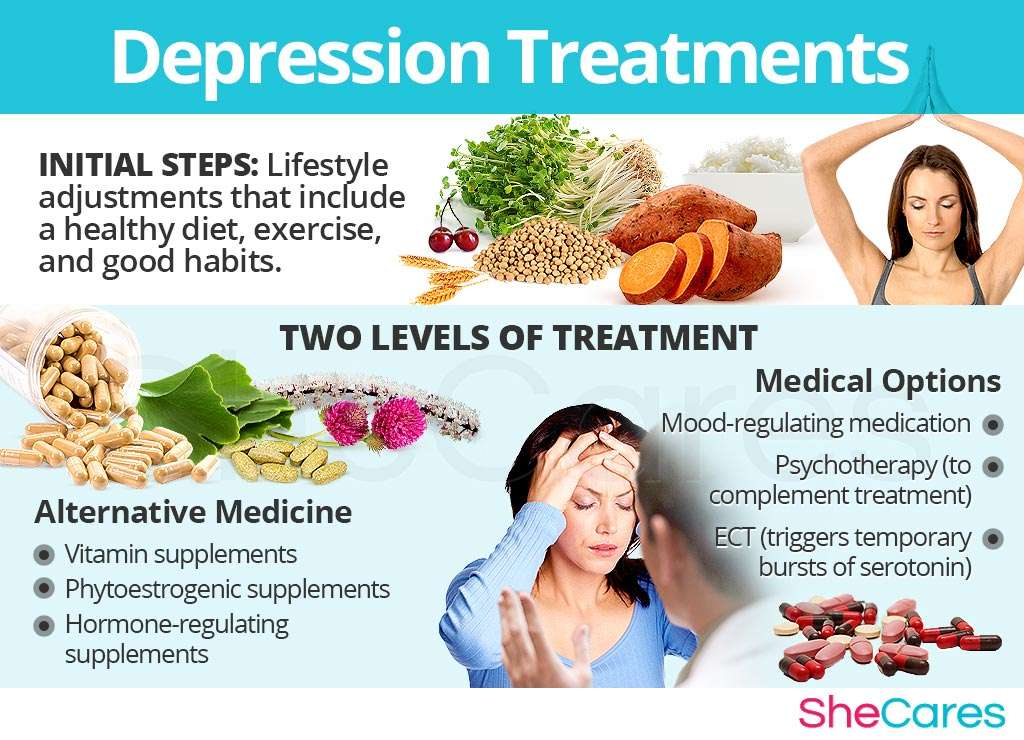 Extensive data can be collected for immediate display with automatic storage for research.
Extensive data can be collected for immediate display with automatic storage for research.
There are six commonly employed feedback modalities:
Electromyographic (EMG): Frontalis, masseter, trapezius and sternocleidomastoid are the most frequently monitored sites.
Skin Conductance Level (SCL): Also referred to as Galvanic Skin Response (GSR). Finger electrodes register sweat gland activity.
Thermal: Finger thermistors measure vasoconstriction by minute changes in peripheral blood flow.
Respiratory: Strain gauges measure abdominal and thoracic excursions; a capnometer monitors exhaled CO2.
Heart Rate (HR): Finger photoplethysmography registers rate and pulse volume.
Brainwave/Neurofeedback (EEG): Multichannel equipment with more sophisticated software and new treatment protocols have replaced the simple single channel alpha training of earlier decades.
Biofeedback Applications
Used alone as relaxation therapy, biofeedback is as efficacious as other forms of relaxation training, such as hypnosis, progressive muscle relaxation or transcendental meditation.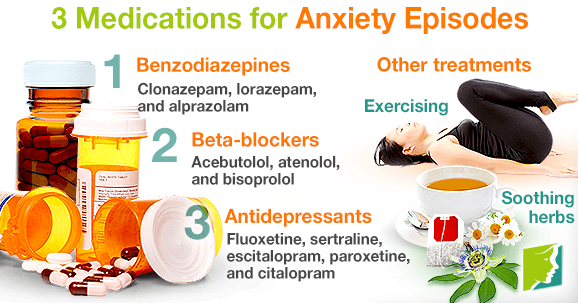 However, most applications of biofeedback are used as adjuncts to other types of therapy, treating physiological as well as psychological disorders.
However, most applications of biofeedback are used as adjuncts to other types of therapy, treating physiological as well as psychological disorders.
Physiological disorders with credible research to support the ancillary use of biofeedback include headaches, chronic pain, rheumatoid arthritis, asthma, temporomandibular joint disorders, dysmenorrhea, epilepsy, hypertension, irritable bowel syndrome, intestinal motility, motion sickness, neuromuscular rehabilitation, Raynaud's disease and fecal incontinence (Crabtree et al., 1995; Schwartz, 1995).
Biofeedback also seems to be a useful tool in the treatment of a broad range of problems commonly seen by psychiatrists. The adjunctive use of biofeedback is reasonably well-documented for the psychological disorders of anxiety and insomnia. Many forms of psychotherapy, including dynamic, behavioral and brief, appear to have enhanced efficacy when biofeedback-assisted. Both the patient and therapist benefit from a display of physiological responses, which can help identify resistance, denial and other defense mechanisms. Biofeedback monitoring can provide a uniquely vivid demonstration of the connection between thoughts and feelings. Brain wave feedback is showing promise in the treatment of attention-deficit/hyperactivity disorder, addictive disorders and posttraumatic stress disorder (PTSD).
Biofeedback monitoring can provide a uniquely vivid demonstration of the connection between thoughts and feelings. Brain wave feedback is showing promise in the treatment of attention-deficit/hyperactivity disorder, addictive disorders and posttraumatic stress disorder (PTSD).
Biofeedback and GAD
Anxiety in some form is a problem that all psychiatrists must deal with on a daily basis. It is one of the most frequently observed categories of emotional disorders in the American population and often seriously interferes with the quality of everyday life. All of the anxiety disorders are defined by the dual characteristics of physiologic hyperarousal and excessive emotional fear.
Biofeedback has demonstrated value for hyperarousal reduction training in generalized anxiety disorder (GAD) and exposure desensitization in panic disorder (PD) and PTSD.
Multimodal cognitive/behavioral therapy (CBT), which may include biofeedback, offers an equally effective alternative to medications, particularly for patients who do not respond well, who have a potential for dependency or who refuse prescription drugs.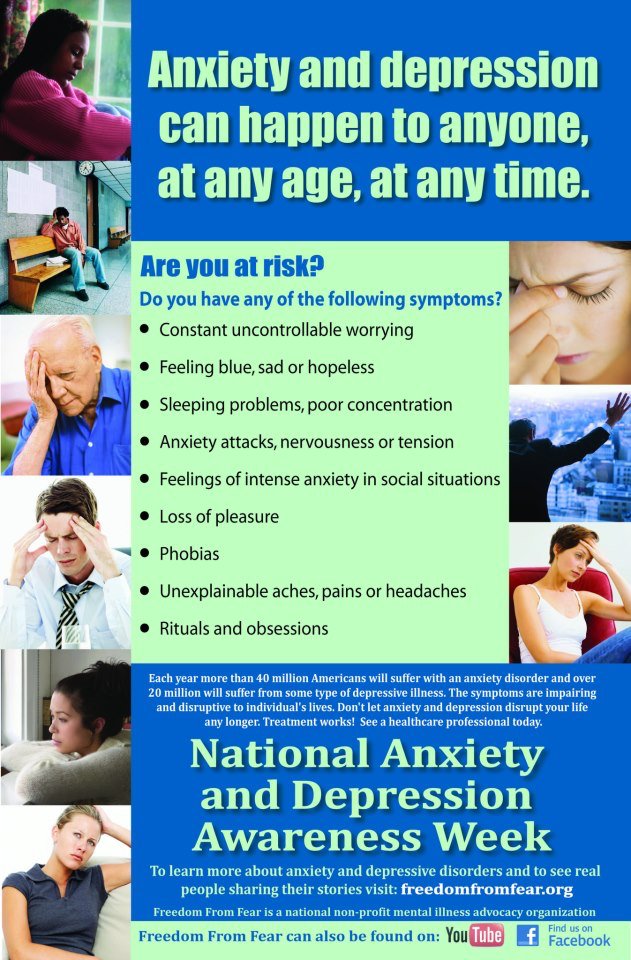 Optimum treatment outcome for GAD and PD is more likely to be achieved with a combination of pharmacotherapy and CBT.
Optimum treatment outcome for GAD and PD is more likely to be achieved with a combination of pharmacotherapy and CBT.
Biofeedback is one of the most useful adjuncts in treating physiologic hyperarousal-both episodic and chronic-seen in anxiety disorders. It has also proved helpful for patients who are learning to reduce fearful anticipation triggers through cognitive/behavior therapies.
Biofeedback training is a part of the behavioral treatment, which includes relaxation training, because of its additional specificity. Biofeedback offers a nonpharmacological approach to direct symptom reduction and can be tailored to the individual patient's psychophysiological profile. Those patients experiencing symptoms of muscle tension have EMG sensors attached to muscle sites showing the highest activity. Patients with mainly autonomic symptoms generally receive thermal, GSR, heart rate and respiration feedback. EEG feedback may be useful when an assessment documents brain wave pattern dysregulation.
Behavioral treatment may also include cognitive interventions to identify negative thinking, and to develop more appropriate assessment of life events. Where specific fears can be identified, behavioral fear reduction techniques, such as desensitization, modeling or flooding, may be used. Concomitant use of biofeedback may enhance the therapeutic effectiveness of these techniques. Like most behavioral treatments, biofeedback is most effective with patients willing to assume an active role in the treatment process, including home practice.
Most studies document improvement and significant symptom reduction in six to 12 sessions of biofeedback training, with more complex or chronic patients requiring more sessions. For instance, in 1993 Rice et al. studied 45 GAD subjects (38 of whom met the DSM-III criteria). The study subjects were randomized to four treatment groups: frontal EMG biofeedback, EEG alpha enhancement biofeedback, EEG alpha suppression biofeedback or a pseudomeditation control. Results were compared against wait-list controls. All treated subjects showed significant reductions in STAI-Trait Anxiety and psychophysiological symptoms on the Psychosomatic Symptom Checklist. Decreased self-report of anxiety was maintained at six weeks posttreatment.
Results were compared against wait-list controls. All treated subjects showed significant reductions in STAI-Trait Anxiety and psychophysiological symptoms on the Psychosomatic Symptom Checklist. Decreased self-report of anxiety was maintained at six weeks posttreatment.
CBT, Biofeedback and Panic
David H. Barlow, Ph.D., developed a comprehensive model of panic disorder in which he explained that panics were sustained in patients because they developed a fear of bodily sensations associated with panic attacks (1988). Anxious apprehension causes chronic increased autonomic arousal, which increases vigilance with heightened sensitivity to evermore minute body sensations. A vicious cycle of apprehension and physiological activation results in panic disorder.
By allowing heightened internal awareness, low arousal relaxation training may actually precipitate increased anxiety in some patients with panic disorder. This relaxation-induced anxiety is less likely to occur with biofeedback than other general relaxation procedures.
Diagnostic accuracy increases when biofeedback is used to monitor physiological reactions to questions about anxiety. EMG, SCL, HR, temperature and respiration are measured. The treatment of PD with CBT has four components, each of which may be more effective with biofeedback. Three focus on managing panic; the fourth aims to eliminate it.
Educational, Informational: Patients learn the causes of panic, the "fear of fear" cycle and the rationale for treatment. Various biofeedback modalities help in experiencing and understanding on a gut level the relationship between thoughts, feelings, images, bodily sensations and the actual body responses. "Biofeedback information seems to help patients 'get it' a lot faster," noted Hugh Baras, Ph.D., reporting on a study of biofeedback and panic disorder presented at the recent 24th Annual Conference of the Biofeedback Society of California in Monterey, Calif.
Somatic Management Strategies: Patients use these techniques to manage anxious apprehension. They include diaphragmatic breathing retraining, slow breathing and muscle relaxation. "Biofeedback-assisted breathing retraining and biofeedback-assisted muscle relaxation can be very helpful in providing motivation for patients and in providing the experience of mastery over their panic reactions," reported Baras.
They include diaphragmatic breathing retraining, slow breathing and muscle relaxation. "Biofeedback-assisted breathing retraining and biofeedback-assisted muscle relaxation can be very helpful in providing motivation for patients and in providing the experience of mastery over their panic reactions," reported Baras.
Cognitive Restructuring: This technique provides instruction and practice in constructive self-talk to reduce fears of anxiety sensations. Exaggerated fears of somatic symptoms or the probability of negative reactions and adverse outcomes are replaced with more realistic attitudes. Trainees are often surprised to see the biofeedback equipment demonstrate a striking difference between the responses from their fearful thoughts as compared to responses as a result of their restructured thoughts.
Fear Exposure Strategies: The aim of these strategies is to eliminate the experience of panic. They are also the nonpharmacological treatment of choice for specific phobias, including agoraphobia and obsessive-compulsive disorder.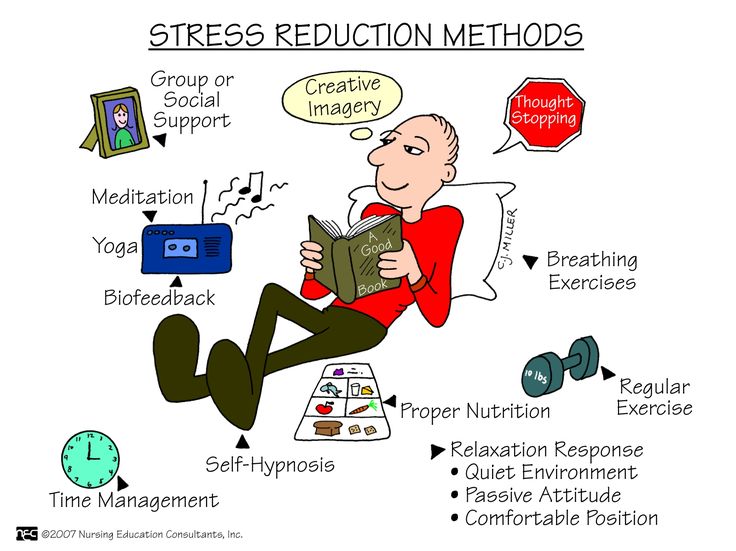 In a systematic and controlled way, exposure therapy elicits the physical sensations that trigger anxiety. The goal-fear extinction-is to break the associations between increased body sensations and panic reactions. There are two types of fear exposure:
In a systematic and controlled way, exposure therapy elicits the physical sensations that trigger anxiety. The goal-fear extinction-is to break the associations between increased body sensations and panic reactions. There are two types of fear exposure:
1. Brief and graduated (systematic desensitization): The arousal-provoking event is presented for about a minute, spaced with intervals of relaxation. The intensity of arousal is gradually increased, creating the experience of anxiety mastery.
2. Prolonged and intense (flooding): Ten to 15 minutes of repeated exposure to maximal intensity stimulus demonstrates to the patient that the feared negative consequences do not occur. This results in fear extinction. Exercises to help induce flooding include rapid head movements, breath holding, restricted breathing, hyperventilation and muscle tensing.
Substantial research data support the value of using cognitive restructuring and fear exposure in preventing relapse. Like a pilot turning on the radar, exposure therapy is more effective when therapist and patient have immediate autonomic feedback to guide the process.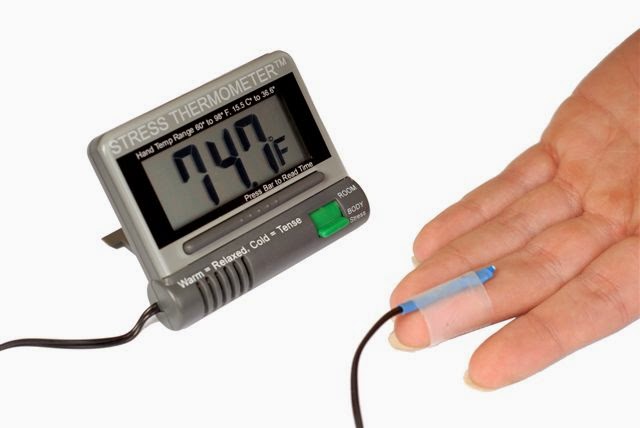 The advantages of biofeedback-assisted CBT for PD include increased awareness and control of the stress response, increased motivation for treatment and willingness to practice home assignments, and heightened self-confidence.
The advantages of biofeedback-assisted CBT for PD include increased awareness and control of the stress response, increased motivation for treatment and willingness to practice home assignments, and heightened self-confidence.
Biofeedback for Children
There are several controlled studies showing the efficacy of using biofeedback to reduce anxiety in children. In 1996, Wenck et al. studied 150 seventh- and eighth-graders identified as anxious by their teachers. The students were randomly assigned to biofeedback intervention, which included six sessions each of EMG and thermal biofeedback, or control groups. The researchers found that the biofeedback group had significantly lower posttest states and trait anxiety.
Referrals and Certification
Biofeedback therapy is commonly performed by clinical psychologists, or by a biofeedback trainer under the direct supervision of a psychologist or psychiatrist. The Biofeedback Certification Institute of America has a written/practicum certification process. The Association for Applied Psychophysiology and Biofeedback in Wheat Ridge, Colo., sponsors an annual conference and provides information and referrals. Larger states have biofeedback societies for local referrals.
The Association for Applied Psychophysiology and Biofeedback in Wheat Ridge, Colo., sponsors an annual conference and provides information and referrals. Larger states have biofeedback societies for local referrals.
References:
References
1.
Barlow DH (1988), Anxiety and Its Disorders: The Nature and Treatment of Anxiety and Panic. New York: Guilford Press.
2.
Crabtree M, Kase J, Bland A et al. (1995), An Annotated Bibliography on Clinical Applications of Biofeedback and Applied Psychophysiology. Wheat Ridge, Colo.: Association for Applied Psychophysiology and Biofeedback.
3.
Rice KM, Blanchard EB, Purcell M (1993), Biofeedback treatments of generalized anxiety disorder: preliminary results. Biofeedback Self Regul 18(2):93-105.
4.
Schwartz MS (1995), Biofeedback: A Practitioner's Guide. New York: Guilford Press.
5.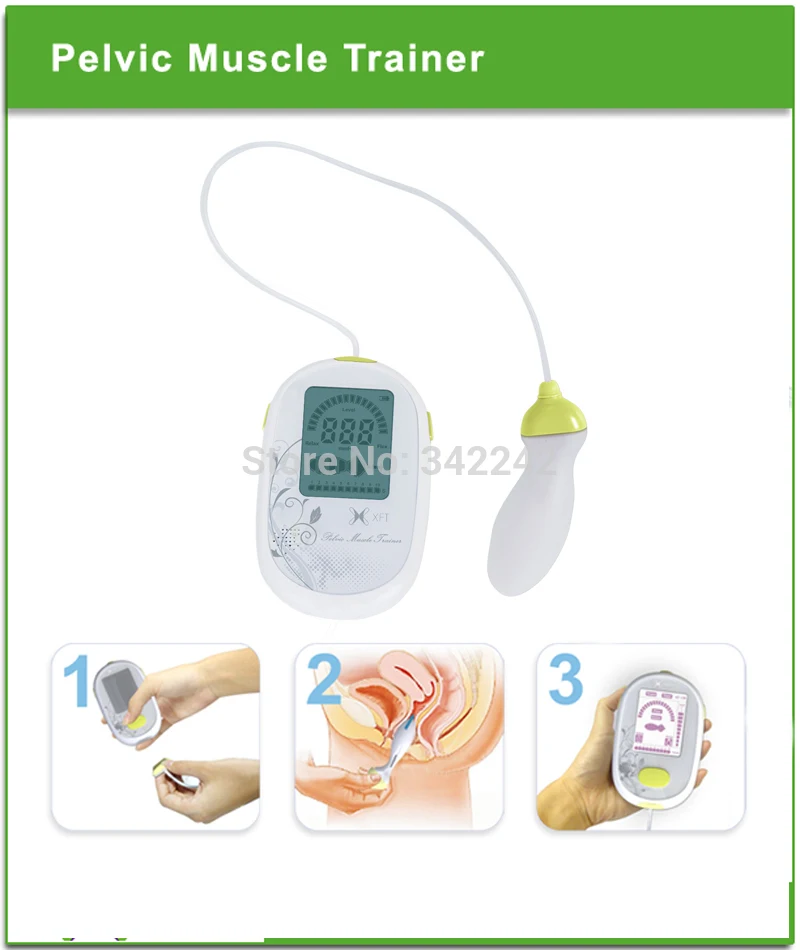
Wenck LS, Leu PW, D'Amato RC (1996), Evaluating the efficacy of a biofeedback intervention to reduce children's anxiety. J Clin Psychol 52(4):469-473.
Biofeedback Therapy (Biofeedback)
Biofeedback (Adaptive or Functional Biofeedback, Biorehabilitation, Visceral Learning) - Evidence Based Behavioral Therapy
During a biofeedback session, the doctor uses painless sensors to measure specific bodily functions. The technique helps the patient to visually see the internal processes of the body, and with the help of special training teaches them to regulate them.
How Biofeedback Helps
People use biofeedback to alleviate many problems such as:
- Anxiety, depression and post-traumatic stress disorder.
- Attention deficit disorders.
- Breathing problems, eg asthma.
- Digestive problems (irritable bowel syndrome, constipation)
- Insomnia.
- Pain, including headaches, fibromyalgia, joint and muscle pain.

- High pressure
In addition, biofeedback helps:
- acquire the skills of complex physical and mental relaxation and internal regulation;
- increases mental resistance to those factors that cause stress, teaches you to protect yourself from the effects of stress and psycho-emotional overstrain.
- improve the functioning of the parasympathetic nervous system: optimize breathing cycles, blood pressure, hormone production, and the functioning of the digestive organs.
- reduce the level of fatigue, overwork, eliminate manifestations of fatigue, overwork, improve sleep, maintain an optimal level of performance, well-being and mood;
- Increase the level of attention and perseverance. Due to this, children learn to concentrate on tasks, academic performance increases.
What happens during biofeedback therapy?
During a biofeedback session, the doctor places sensors on your skin. Sensors measure your body's physiological signals, such as:
- Breathing.
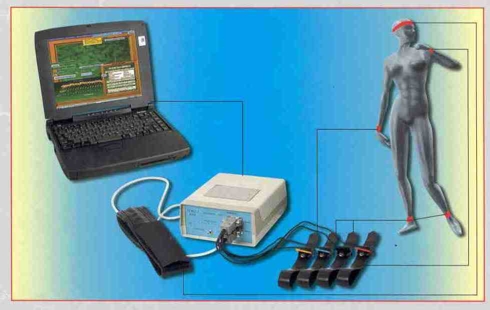
- Heart rate.
- Muscle activity.
- Movement and tension of the muscles of the eyes and head due to surface electromyography,
- Electrical activity of the brain, using neurofeedback_ or _EEG biofeedback.
- Skin temperature.
The adjacent screen displays the results for your doctor to explain. The therapist will then suggest strategies to change how your body functions. The doctor may ask you:
- Change the way you sit, stand or move: a different body position can relieve muscle tension.
- Change Breathing: Breathing can help calm anxiety.
- Relax your muscles: Focusing on relaxing your muscles can help relieve pain.
- Use mindfulness and concentration: Thinking about things can help you control your breathing or slow your heart rate.
- Take this quiz: If you try to solve a math problem or a riddle, you can see how stress affects your body's response.
As you try each suggestion, you can see how it affects the results on the screen in real time.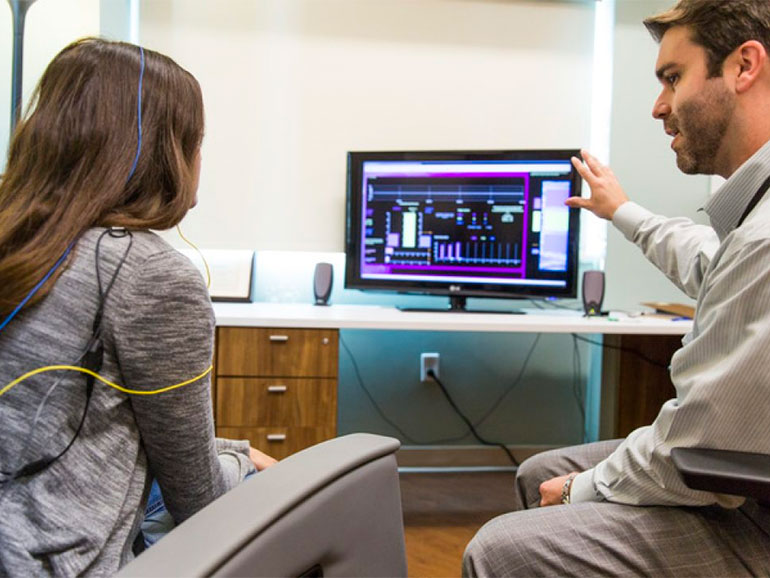 With practice, you can learn to bring about the same changes in the body without a feedback screen or doctor's prompting.
With practice, you can learn to bring about the same changes in the body without a feedback screen or doctor's prompting.
What are the risks and benefits of this procedure?
Biofeedback will help you take better control of your health and well-being. It is a non-invasive method and has no side effects or potential complications.
With practice during and between sessions, you can learn to make small changes to relieve stress, increase performance, and relieve pain.
How often should treatments be performed?
Some consider biofeedback not a cure, but a workout. For it to work, it is better to attend several sessions. In addition, active participation and practice between sessions will be required.
The number of treatments varies widely depending on:
- The condition you are trying to handle.
- The severity of your symptoms.
- Reactions of your organism.
- How much do you practice between sessions.
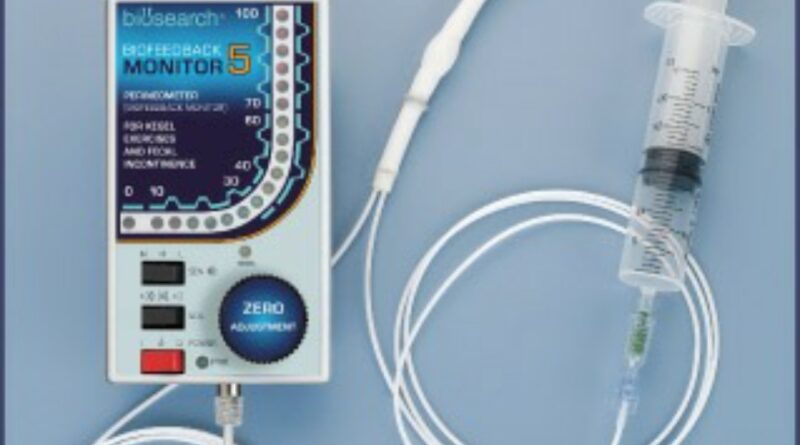
Will I need any other treatment besides biofeedback?
Biofeedback complements other therapies, but does not replace it. Most people use biofeedback along with other therapies. For example, a person with chronic pain may take medication and study biofeedback.
What is bos therapy, biofeedback, biofeedback?
Sign up for trainings
What is Bos Therapy, Biofeedback or Biofeedback (BF)? S.A. Isaichev
It is believed that we cannot consciously control our heart rate, body temperature, blood pressure. Modern technologies and the method of biological feedback (BFB), biofeedback therapy in psychology allow everyone to control the processes that occur in the body.
If you or your loved ones have suffered a severe nervous shock or are simply depressed by chronic stress and experience psychological discomfort, write a letter to professional psychologist Sergey Isaychev at isaychev@mail. ru. It will help you understand the cause of your problems, get rid of them forever and learn to enjoy life again.
ru. It will help you understand the cause of your problems, get rid of them forever and learn to enjoy life again.
It is sometimes quite difficult to cope with anger, sudden strong fear, depression. Or get rid of annoying unpleasant memories of traumatic events. Difficult but possible!
Modern psychological and biomedical technologies allow everyone to learn how to control the processes that occur in our body: both at the physiological and psychological levels.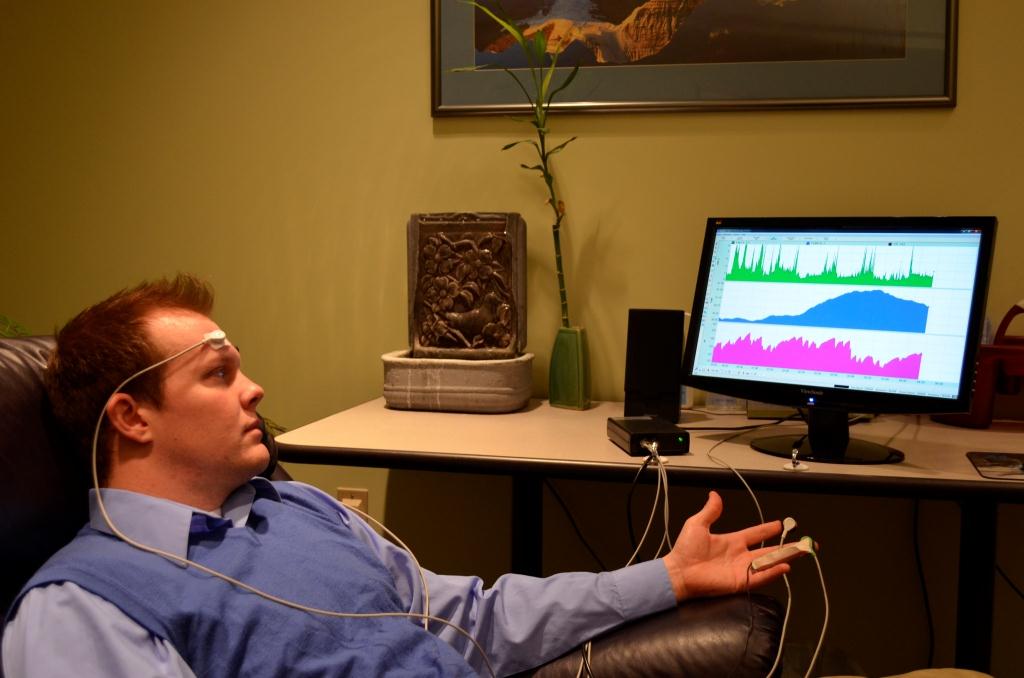
We are talking about a fairly new direction of modern cognitive-behavioral psychotherapy - biofeedback therapy, biofeedback, in English transcription - biofeedback (biofeedback - BFB).
Now the BFB method, BOS-therapy, is effectively used in the treatment of both psychological diseases (chronic stress, depression, anxiety disorders, sleep disorders, phobias, neurosis, chronic fatigue syndrome), and psychosomatic (with headaches, hypertension, bronchial asthma, hyperactivity syndrome, muscle regulation disorders, erectile dysfunction).
The essence of bos therapy, the essence of the method lies in the fact that a person, using information about the work of his functional system, learns to manage it.
SCIENTIFIC. The functional system is formed as a result of individual life experience. It provides the organization and execution of behavioral acts aimed at adapting the body to changing environmental conditions.
Biological feedback is the mechanism that develops this system in the right direction. Or, conversely, contribute to the formation of pathology. Globally speaking, feedback is one of the basic elements of the formation of the psyche and human behavior.
Or, conversely, contribute to the formation of pathology. Globally speaking, feedback is one of the basic elements of the formation of the psyche and human behavior.
In order to get rid of psychological or psychosomatic disorders, it is necessary to destroy the pathological system and create a new one. Or return to a forgotten old one that used to define normal behavior. This becomes possible when we use the most remarkable feature of our brain - the ability to self-regulate and self-organize.
It is enough to tell the brain in some way that it is not working as it should, and it will independently rebuild the functional system that we consider pathological (in behavior or psychophysiology). One of the most effective methods is based on the mechanism of self-regulation correction of various disorders - the BFB method, or biofeedback.
Devices with biofeedback "Medic MTD" in Moscow!
The procedure is quite simple. The patient is put on special sensors that allow you to register various parameters of his nervous system. Information about the change of any parameter is sent to the monitor screen. For example, the heart rate or muscle tone changes.
Information about the change of any parameter is sent to the monitor screen. For example, the heart rate or muscle tone changes.
This information is provided in a form accessible to a person: changing the schedule, readings of a digital indicator, a musical fragment, an image, a video clip, etc. Analyzing changes in the parameter on the monitor screen and comparing these changes with his state, a person gradually learns to control the activity of his physiological systems. For example, arbitrarily change the heart rate, control the rhythms of your brain, emotional state.
If a person manages to change the controlled parameter in the right direction, he receives positive reinforcement: for example, pleasant music sounds. If not, an unpleasant noise appears in the headphones. At the end of a series of trainings (about 10-15 sessions), a person can learn to arbitrarily control the activity of his psychophysiological systems.
Biofeedback is best used to treat so-called functional disorders caused by chronic or severe episodic stress.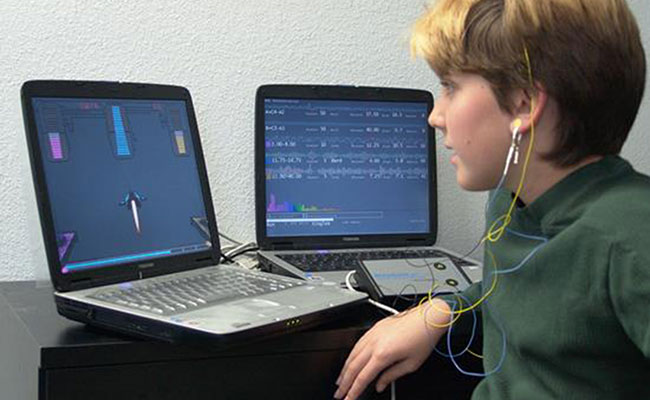 The danger of chronic stress is its gradual and imperceptible effect on the nervous system.
The danger of chronic stress is its gradual and imperceptible effect on the nervous system.
A patient comes to us with complaints of pain in the heart area, excessive sweating, insomnia, headaches, decreased emotional tone and increased anxiety. He has a very difficult relationship with his superiors at work. After each conversation with the leader, he cannot calm down for a long time. In the evening he cannot fall asleep: he mentally goes over all the possible options for his behavior. There is an effect of chronic stress.
People can endure such stress in different ways: someone can burn out longer, and someone can burn out in a month and begin psychosomatic changes. Possible correction options.
1. Change jobs (i.e. get rid of the stressor).
2. See a doctor who will prescribe stress relievers. But you need to remember that if he stops taking them, everything will return to its place (a temporary solution to the problem).
3.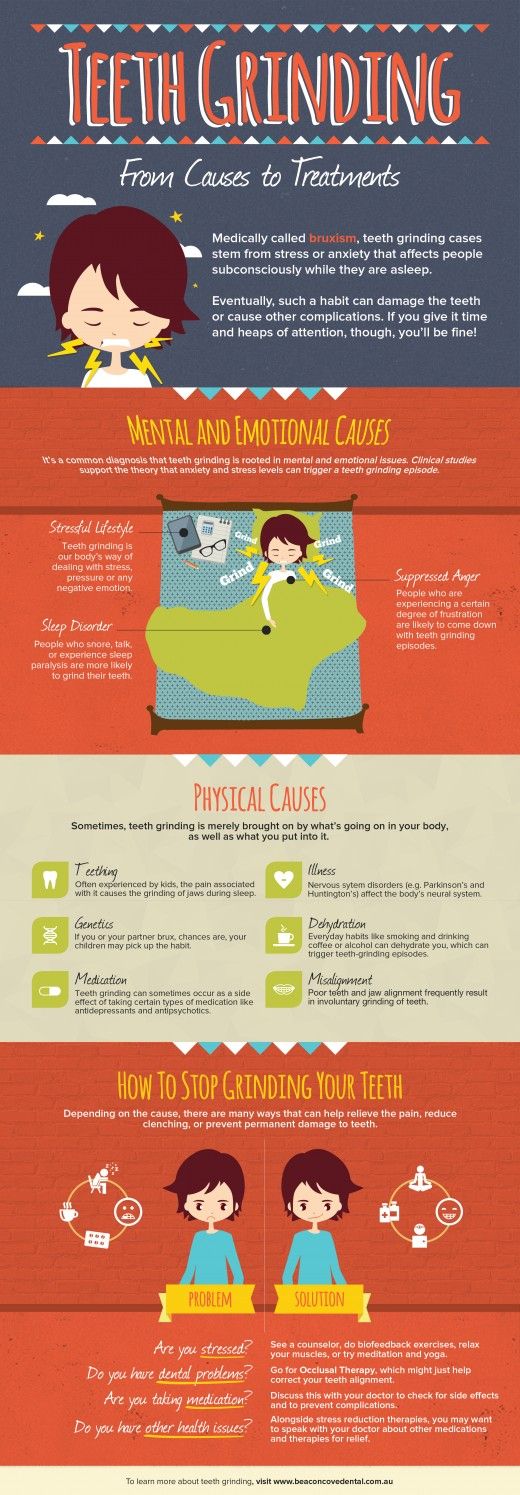 Learn self-regulation using the biofeedback method and permanently get rid of inadequate stress reactions.
Learn self-regulation using the biofeedback method and permanently get rid of inadequate stress reactions.
How is it done?
Take a rather simple case. A person is afraid to ride the subway or fly on an airplane: he suffers from a phobic disorder. To begin with, we determine how severe this or that violation is: we carry out diagnostics. To do this, on the monitor screen, a person is presented with various photographs or videos taken in the subway (or on board the aircraft). At the same time, a complex of indicators of the nervous system is recorded (encephalogram, cardiogram, galvanic skin reaction, muscle and vascular tone). Based on these indicators, it is possible to determine the link in the system where the violation occurred, and the indicator that can help restore its normal functioning. We compare the indicators in a calm state (normal) and upon presentation of the test material. For example, the normal pulse is about 70 beats per minute, and when presented with traumatic images, it jumps up to 140 beats, the vascular tone also changes dramatically, an emotional reaction is recorded, etc.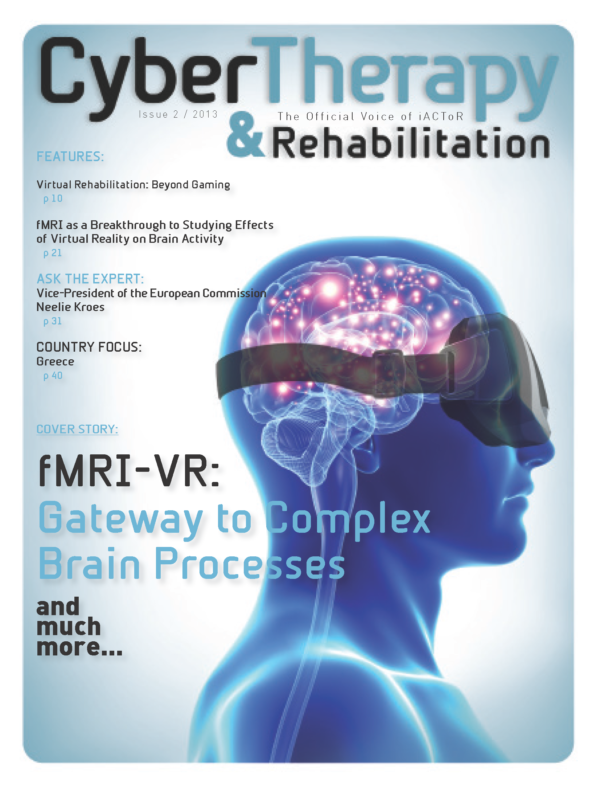 It is clear that the trip to the subway for this person is not just an unpleasant situation. He has a real phobia.
It is clear that the trip to the subway for this person is not just an unpleasant situation. He has a real phobia.
Then training starts - 2-3 times a week for 30-40 minutes. A person first learns to control the activity of his nervous system and his emotional state. After he has learned to voluntarily induce a state of rest and relaxation, the main stage of treatment begins. He must learn to be in a comfortable state for him, despite the constant presentation of stressful stimuli. The severity of these incentives is constantly increasing. Along with frightening images, information about some psychophysiological parameter, for example, heart rate, is also displayed on the monitor screen. A person sees changes in heart rate provoked by phobic stimuli and tries to maintain the state of comfort and peace that we previously formed in him. After some time - 10-15 sessions, he succeeds. That is, he already has a weapon against his fear and the phobia is defeated.
Boss therapy can't make a naturally depressed person into a cheerful optimist, but at least he won't jump out the window. And if depression is caused by functional disorders, then the person will return to normal life. We were contacted by a woman who had to urgently finish her Ph.D. thesis, but as a result of prolonged stress, she simply could not concentrate during her work. As a result of completing 15 concentration trainings, she was able to read scientific literature and work anywhere and under any distracting conditions. With bovine therapy, even healthy people can learn to manage themselves by changing the characteristics of the brain.” It has long been proven that biofeedback is an effective way to overcome pain. As it turned out, headaches are often associated with excessive tension in the muscles of the head. Often, vascular spasms occur, pressure is disturbed, tissues are gradually destroyed. Such an overstrain can be caused by various reasons, among which one of the main psychological ones is anxiety, stress or depression. However, regardless of the initial cause, in Bos therapy, a person is faced with an immediate consequence - pain, and learns to control, for example, tension in the muscles of the head.
And if depression is caused by functional disorders, then the person will return to normal life. We were contacted by a woman who had to urgently finish her Ph.D. thesis, but as a result of prolonged stress, she simply could not concentrate during her work. As a result of completing 15 concentration trainings, she was able to read scientific literature and work anywhere and under any distracting conditions. With bovine therapy, even healthy people can learn to manage themselves by changing the characteristics of the brain.” It has long been proven that biofeedback is an effective way to overcome pain. As it turned out, headaches are often associated with excessive tension in the muscles of the head. Often, vascular spasms occur, pressure is disturbed, tissues are gradually destroyed. Such an overstrain can be caused by various reasons, among which one of the main psychological ones is anxiety, stress or depression. However, regardless of the initial cause, in Bos therapy, a person is faced with an immediate consequence - pain, and learns to control, for example, tension in the muscles of the head.
